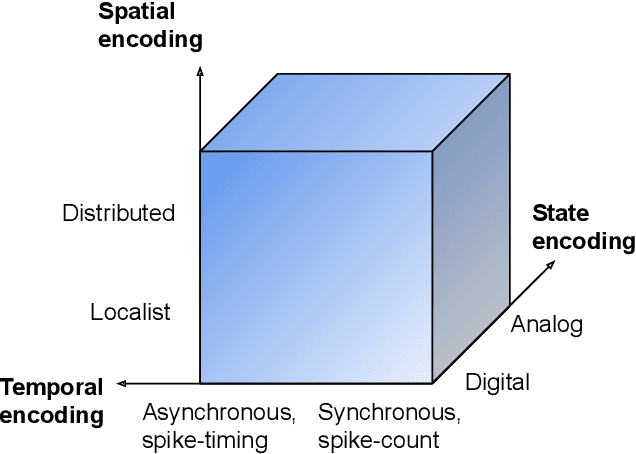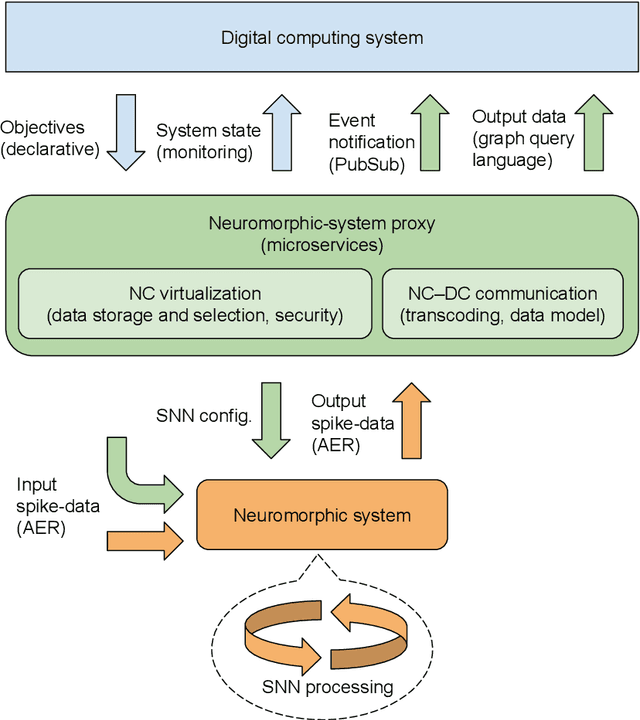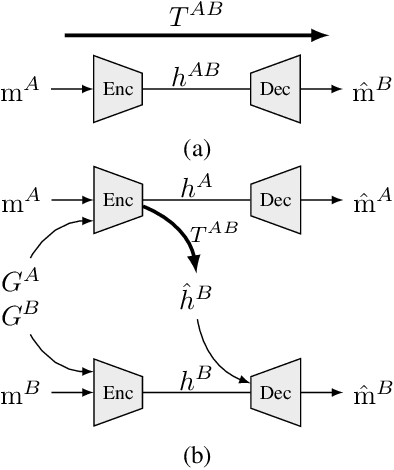Jerker Delsing
Integration of Neuromorphic AI in Event-Driven Distributed Digitized Systems: Concepts and Research Directions
Oct 20, 2022



Abstract:Increasing complexity and data-generation rates in cyber-physical systems and the industrial Internet of things are calling for a corresponding increase in AI capabilities at the resource-constrained edges of the Internet. Meanwhile, the resource requirements of digital computing and deep learning are growing exponentially, in an unsustainable manner. One possible way to bridge this gap is the adoption of resource-efficient brain-inspired "neuromorphic" processing and sensing devices, which use event-driven, asynchronous, dynamic neurosynaptic elements with colocated memory for distributed processing and machine learning. However, since neuromorphic systems are fundamentally different from conventional von Neumann computers and clock-driven sensor systems, several challenges are posed to large-scale adoption and integration of neuromorphic devices into the existing distributed digital-computational infrastructure. Here, we describe the current landscape of neuromorphic computing, focusing on characteristics that pose integration challenges. Based on this analysis, we propose a microservice-based framework for neuromorphic systems integration, consisting of a neuromorphic-system proxy, which provides virtualization and communication capabilities required in distributed systems of systems, in combination with a declarative programming approach offering engineering-process abstraction. We also present concepts that could serve as a basis for the realization of this framework, and identify directions for further research required to enable large-scale system integration of neuromorphic devices.
Interoperability and machine-to-machine translation model with mappings to machine learning tasks
Mar 26, 2019


Abstract:Modern large-scale automation systems integrate thousands to hundreds of thousands of physical sensors and actuators. Demands for more flexible reconfiguration of production systems and optimization across different information models, standards and legacy systems challenge current system interoperability concepts. Automatic semantic translation across information models and standards is an increasingly important problem that needs to be addressed to fulfill these demands in a cost-efficient manner under constraints of human capacity and resources in relation to timing requirements and system complexity. Here we define a translator-based operational interoperability model for interacting cyber-physical systems in mathematical terms, which includes system identification and ontology-based translation as special cases. We present alternative mathematical definitions of the translator learning task and mappings to similar machine learning tasks and solutions based on recent developments in machine learning. Possibilities to learn translators between artefacts without a common physical context, for example in simulations of digital twins and across layers of the automation pyramid are briefly discussed.
 Add to Chrome
Add to Chrome Add to Firefox
Add to Firefox Add to Edge
Add to Edge